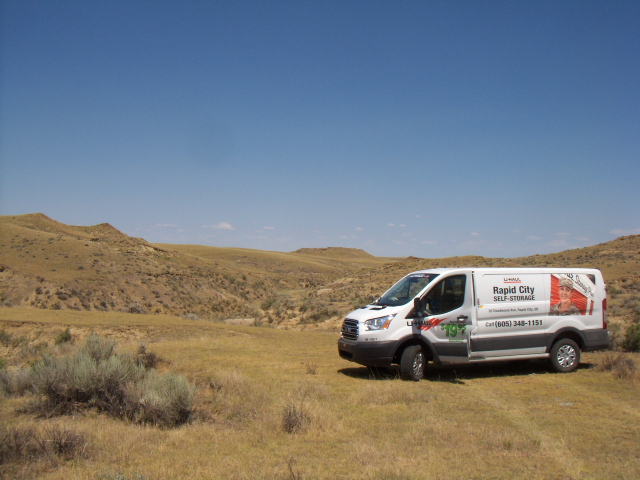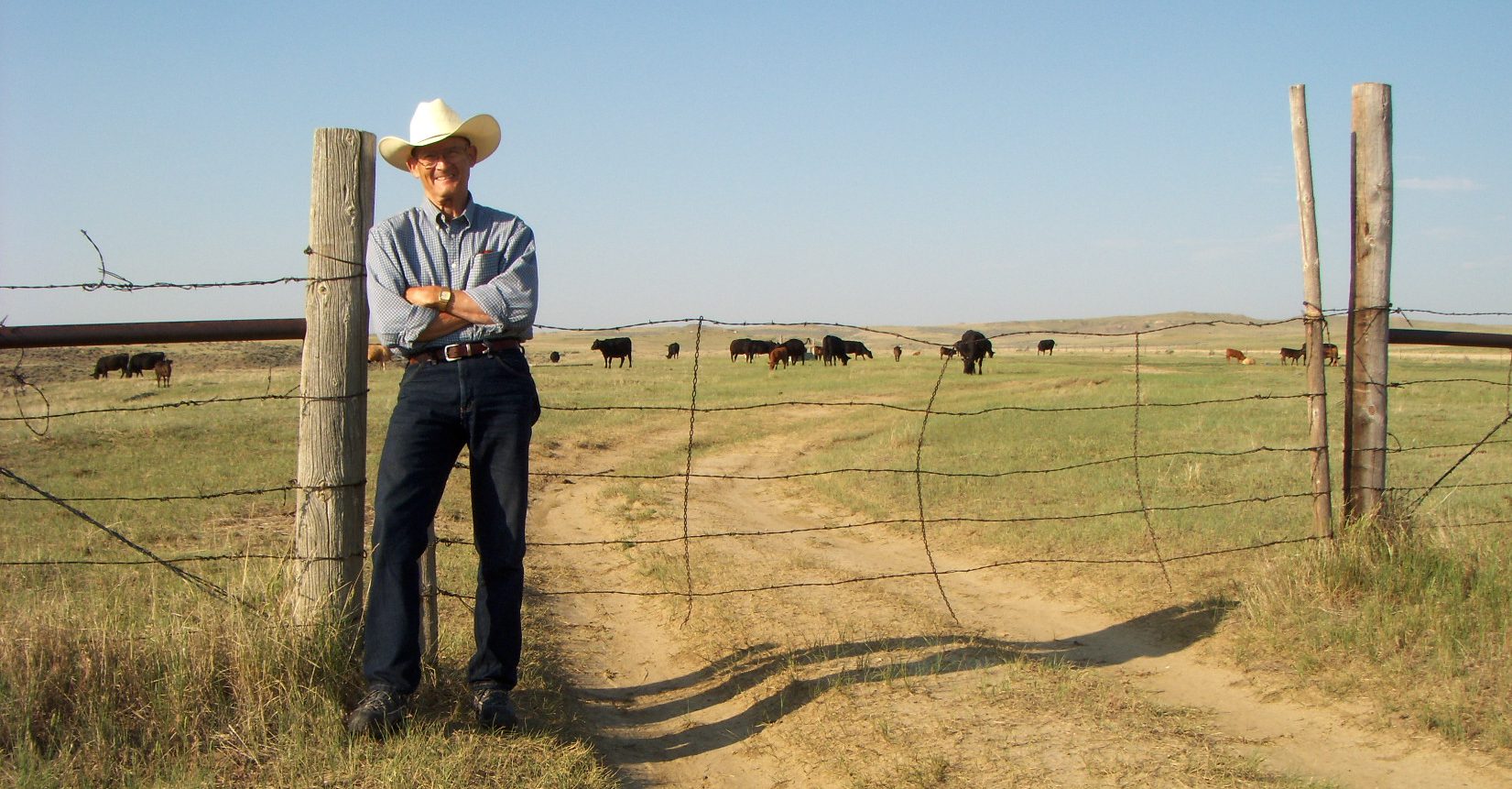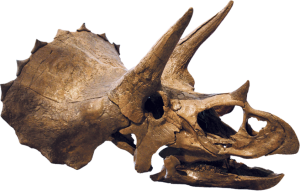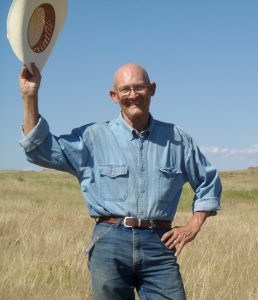When the name of the landowner is not included as a part of the parcel data, I call the county assessors office, use public records, and directories at the county library. I search the online files of the Secretary of State to see if the property is owned by a corporation. Often the property has an absentee owner who lives in a different state. You may need to do some detective work to locate them. Also, the property may be owned by an estate or is listed as a “family trust”. Then you will need to contact several owners to gain access permission.
There are several online systems through which you can find an owners phone number. Often these are out of date or are landlines which had been abandoned in favor of a mobil phone number. I found the site at “www.searchpeoplefree.com” to be the most productive cost free source.
When I identify the landowner’s phone number, I call them directly to ask for search permission. I simply say “Hello I’m Dick Wills a retiree from Knoxville. I’m a rock hound and love to hike and find rocks and fossils. Do you allow anyone to hike your property to collect fossil specimens?” It”s that simple.
The owner’s response is predictable. About 25 to 30% will say no because they have concerns about caving activities in the spring, they have hostile buffalo or bulls, or because they have hunters on their land in the fall. Another 20% will have already committed their land to a group of students, a University or to other fossil hunters. This leaves 50% who will say yes.
When I get to the area where I have permission, I always stop by the ranch house and talk to the owner in person. I get to know them and they begin to feel more comfortable with me being on their land. I treat permission as a rare privilege, and I do everything to preserve their property. Standard rules apply: always leave things as you find them and whatever you take in, you take out. Remember you are a guest only. After many trips to the same area the local ranchers have become familiar with me. They know that when they see a UHaul van out on a prairie trails that Wills is back.

When I do find a good site that will take several trips to fully develop, I visit the owner again and ask them to sign a simple License Agreement. This allows me to search and dig exclusively for a period of time. And, this guarantees that if I am able to remove, prep and sell a specimen, then the landowner would receive a financial benefit. See the section on Licenses.
To expand my search range, I ask the landowner about their neighbors. Then with their permission, I use that owner as a reference to another rancher. In one area, I have accumulated permission for over 200 square miles of land. I have stopped asking there, because I will likely not live long enough to hike all the land for which I have permission now.
When I return home from a trip I send the landowner a letter thanking them for the privilege of searching on their property. I tell them when I plan to return and include photos of what I found if anything.

Permission Does Not Always Mean Access
An aerial view of a parcel may look promising, and you may be able to obtain permission to search from the owners, but you may not be able to actually get to the area. If the property is adjacent to a public road there is no problem with access. If however, the parcel is “Land Locked” you will need to ask for additional access permission from surrounding property owners to get to the site. Remember to ask the owners of your target search area if they have rights of ingress and egress to their parcel. Surrounding property owners may not be under any legal obligation to provide access, and you may be forced to change you plans and search elsewhere.
Other Helpful Sites:
http://www.thefossilforum.com/index.php?/topic/61639-written-permission-digging-on-private-land/
https://en.wikipedia.org/wiki/Public_Land_Survey_System
http://www.earthpoint.us/TownshipsSearchByDescription.aspx
http://publications.newberry.org/k12maps/module_06/images/township_range.pdf


